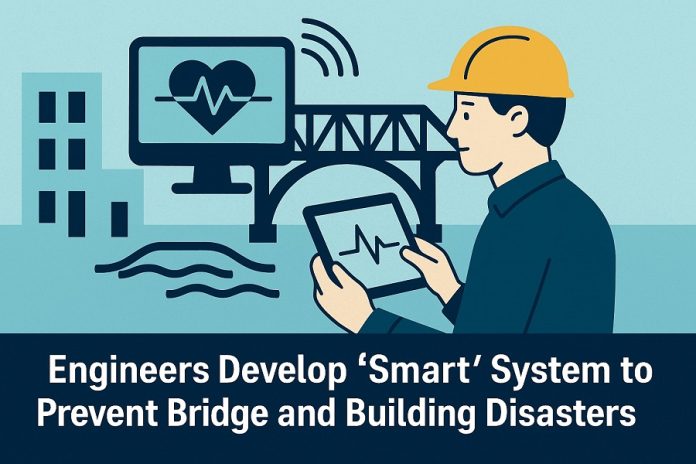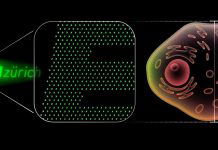
New AI-powered tool watches over infrastructure like a doctor monitors your heart
After the shocking collapse of the Francis Scott Key Bridge in Baltimore in March 2024, engineers everywhere began asking a crucial question: how can we prevent tragedies like this in the future?
Researchers at Michigan State University (MSU) believe they have an answer.
They’ve created a smart system that uses sensors and artificial intelligence (AI) to quietly monitor the health of bridges, roads, and buildings—before and after events that could damage them.
The system is called MIDAS, short for Mechanics-Informed Damage Assessment of Structure. It’s designed to be installed and then left in place—what the team calls a “deploy-and-forget” system.
“You can think of it like a smartwatch for infrastructure,” said Nizar Lajnef, a professor in MSU’s College of Engineering.
“Just like a smartwatch tracks your heartbeat and gives you health alerts, this system keeps an eye on bridges and buildings.”
MIDAS uses low-cost sensors and smart AI software to monitor structures in real time. First, it learns how a healthy bridge or building behaves. Then, if something changes—like after an earthquake, fire, or crash—it checks for signs of hidden damage. It even tells engineers how bad the damage is and exactly where to look.
The system is special because the AI is trained not just on data, but also with engineering knowledge. That makes it more accurate in spotting serious problems early—before they lead to disaster.
MIDAS is already being tested by MSU researchers, including graduate students Xuyang Li and Mahdi Masmoudi. Their work, recently published in Nature Communications, could change how we care for the U.S.’s aging infrastructure. With over 620,000 bridges across the country and not enough money to rebuild them all, tools like this could help decide which ones need fixing first.
Imagine if MIDAS had been on the Key Bridge in Baltimore. It might have noticed weak spots and warned engineers in time to strengthen the structure—possibly preventing the collapse when a barge hit it.
Lajnef says it best: “It’s like taking an EKG of a bridge. We listen, so that when something bad happens, we’re ready.”



